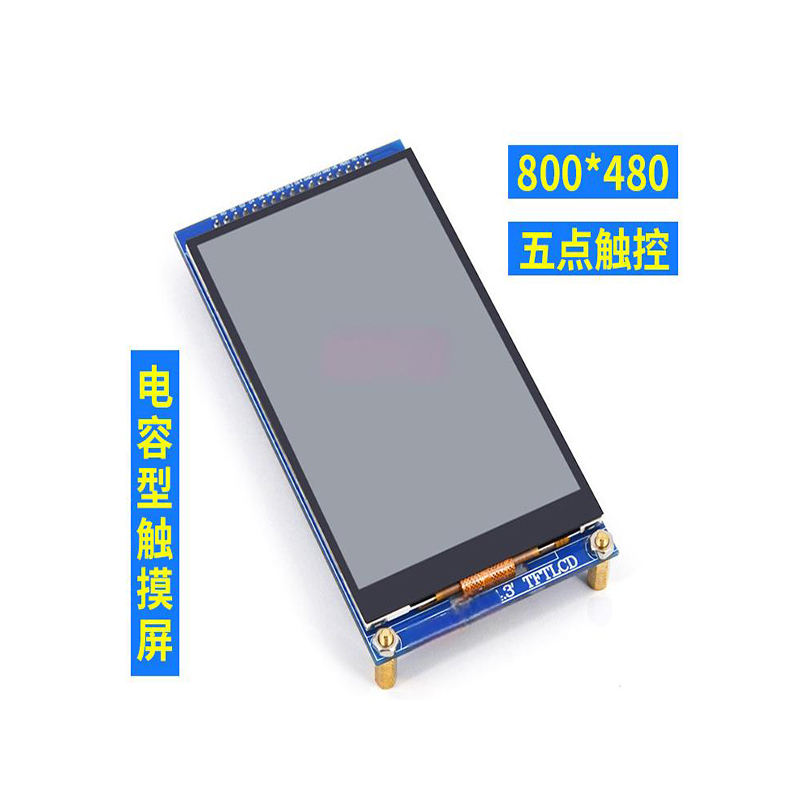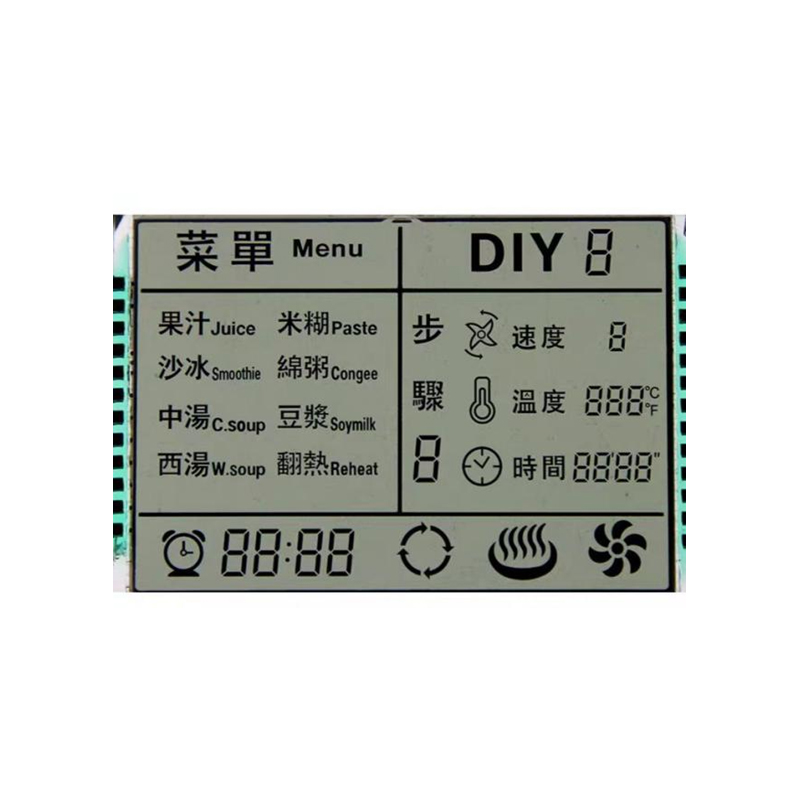Best NodeMCU OLED Display Products: A Comprehensive GuideThis guide provides a detailed overview of the best NodeMCU OLED display products, helping you choose the perfect display for your project. We'll explore different display sizes, resolutions, and functionalities, considering factors like power consumption, ease of use, and cost-effectiveness. Learn about integrating these displays with your NodeMCU projects and discover resources to help you get started.
Choosing the Right NodeMCU OLED Display
Selecting the ideal NodeMCU OLED display depends heavily on your project's specific requirements. Consider the following factors:
Display Size and Resolution
The most common sizes for NodeMCU OLED displays are 0.96-inch, 1.3-inch, and 1.54-inch. Resolution varies, impacting the level of detail you can display. Higher resolutions offer sharper images and text, but often consume more power.
Interface Type
Most NodeMCU OLED displays utilize an I2C interface, simplifying integration with the NodeMCU. This interface requires fewer pins compared to SPI, making it a popular choice. However, SPI offers higher data transfer speeds if needed.
Color and Brightness
While monochrome (typically white or blue) OLEDs are prevalent and energy-efficient, color displays are available for more visually appealing projects. Brightness affects visibility under different lighting conditions. Consider your application's environment when choosing.
Power Consumption
OLEDs are known for their relatively low power consumption compared to other display technologies. However, higher resolution and brighter displays will consume more power. For battery-powered applications, power consumption is a crucial factor to consider.
Top NodeMCU OLED Display Products
While many options exist, several displays consistently stand out for their quality, ease of use, and reliability. Note that product availability may vary. Always check current vendor listings.
| Product | Size | Resolution | Interface | Features |
| 0.96-inch I2C OLED | 0.96-inch | 128x64 pixels | I2C | Common, inexpensive, readily available |
| 1.3-inch I2C OLED | 1.3-inch | 162x128 pixels | I2C | Larger display area, good for more complex UIs |
| 1.54-inch Color OLED | 1.54-inch | 240x240 pixels | SPI | Higher resolution, color display, more complex setup |
Integrating Your NodeMCU OLED Display
After selecting your NodeMCU OLED display, you'll need to connect it to your NodeMCU development board. Most displays come with detailed pinout diagrams. Remember to check the data sheet of your specific display for accurate wiring instructions. You will also need appropriate libraries and code, readily available through online resources and examples. Many online tutorials and examples demonstrate how to display text, images, and graphics on your NodeMCU OLED display.
Resources and Further Learning
Numerous online resources can help you learn more about NodeMCU OLED displays and their integration. Search for tutorials and example code on platforms like GitHub and Arduino. Remember to always check the documentation of your specific hardware.For high-quality LCD and OLED displays, consider exploring the selection available at
Dalian Eastern Display Co., Ltd. – a leading provider of display solutions. Their comprehensive catalog may offer suitable alternatives for your projects.Remember to always consult the datasheets and documentation for your chosen display and NodeMCU board for accurate pin configurations and software libraries. Happy coding!













